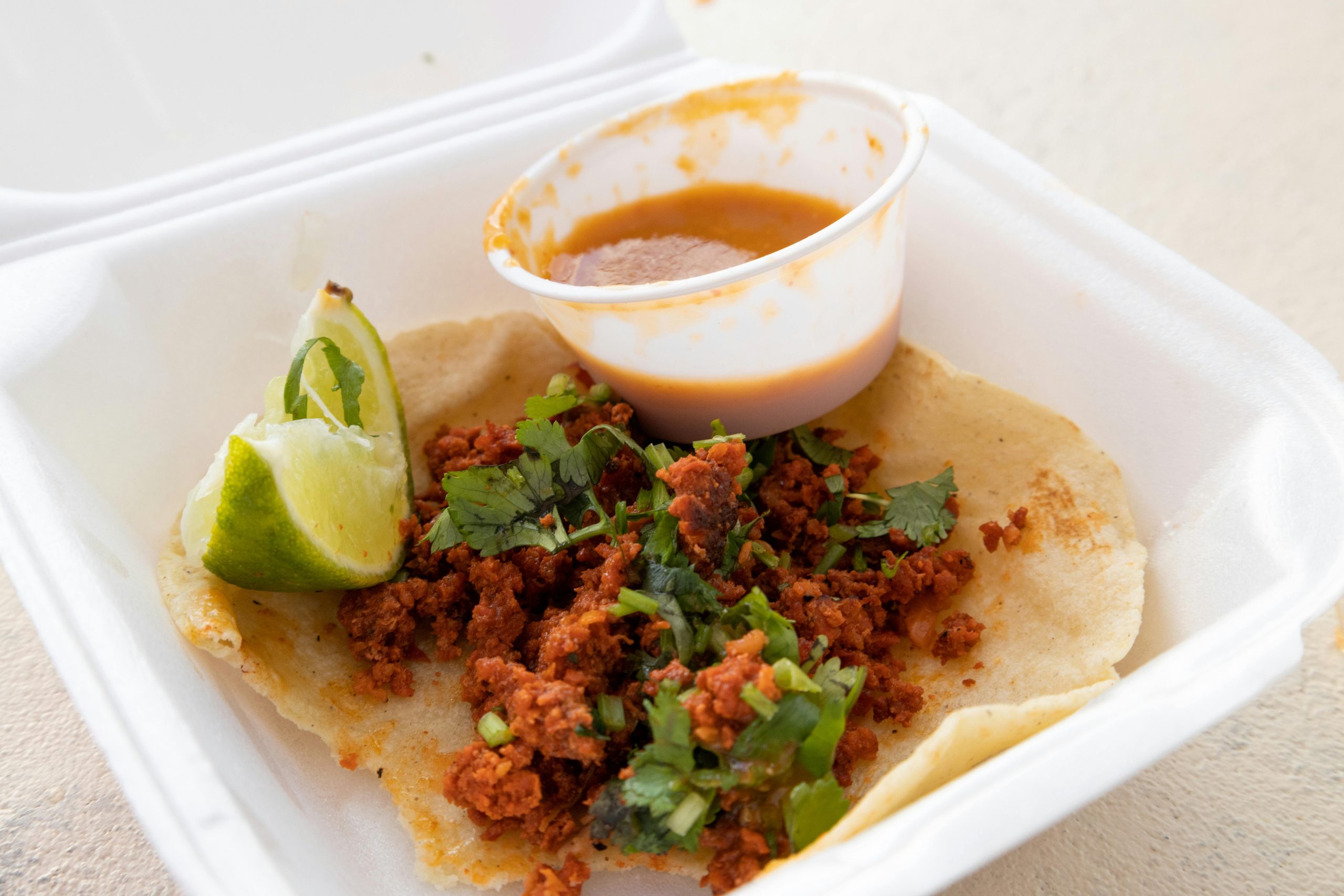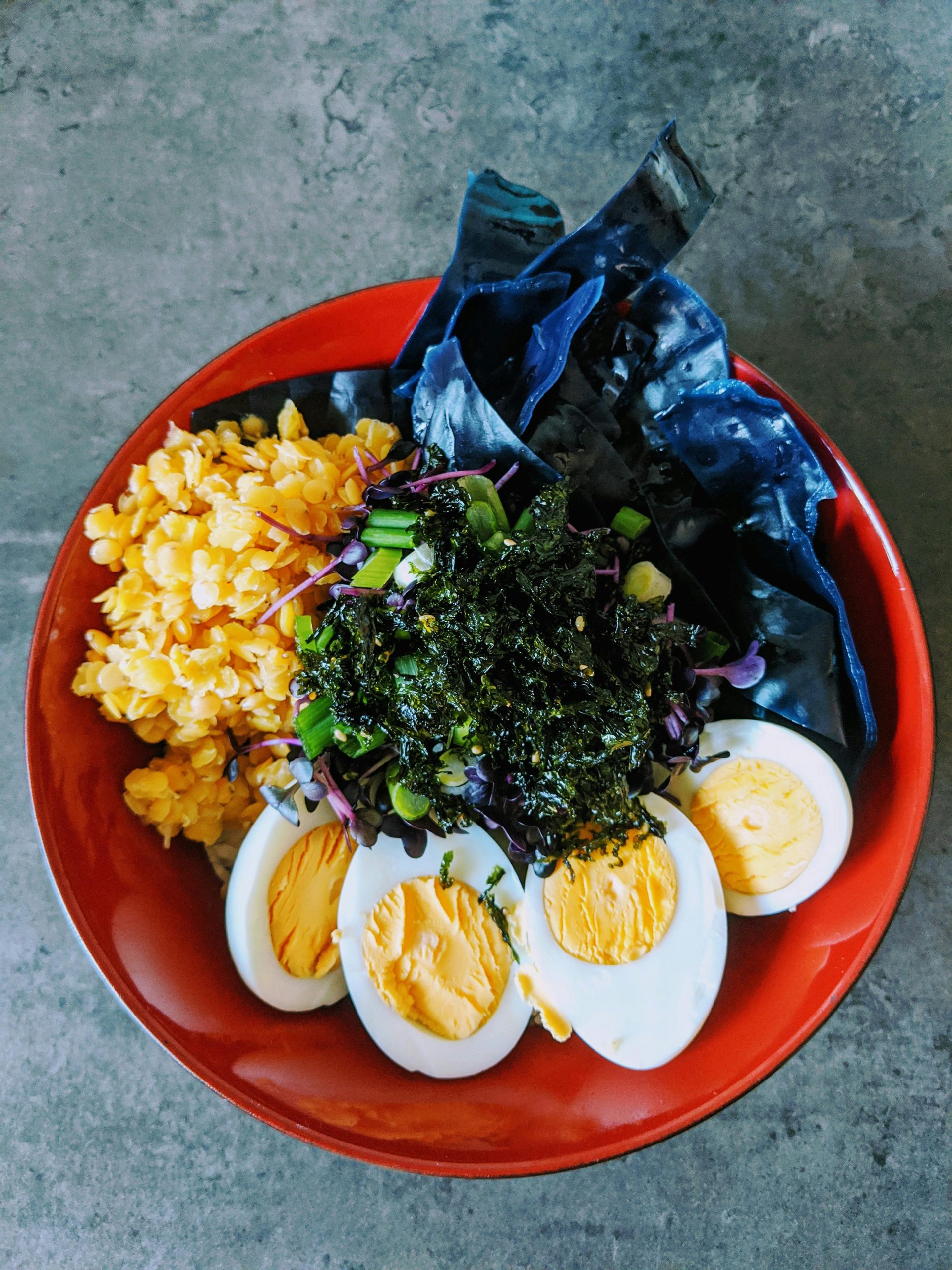The microwave is a cornerstone of modern kitchen convenience, but not everything should be heated in it. Our understanding of how certain materials and foods react to microwave radiation has evolved, and items once considered safe are now known to pose risks. The danger often lies not with the food itself, but with the packaging it comes in or the chemical changes that occur during heating. To keep your kitchen safe and your food healthy, you should avoid microwaving these 10 things.

1. Food in Styrofoam Containers
Many people microwave leftover takeout in the styrofoam containers it came in. This is a mistake. When you heat styrofoam, a type of plastic, it can release harmful chemicals like styrene that leach into your food. The container can also warp or melt, further contaminating your meal. You should always transfer food to a glass or ceramic dish first.
2. Single-Use Plastic Tubs
The plastic tubs that hold margarine, yogurt, or sour cream are not designed for reheating. These containers are meant for cold storage only and lack the stability to handle high heat. When you microwave them, they can warp and leach chemicals, including BPAs and phthalates, into your food
3. Processed Meats
Heating processed meats like hot dogs, deli meat, and sausages in the microwave is a bad idea. The process can lead to the formation of cholesterol oxidation products (COPs), which studies have linked to an increased risk of heart disease. It is much safer to heat these meats on the stovetop or grill.
4. Chinese Takeout Containers with Metal Handles
Those classic white paperboard takeout boxes often have a thin metal handle. You should never put any metal in a microwave, as it can create sparks (a phenomenon called arcing) and even cause a fire. Before you microwave leftovers, you must remove them from the original container and place them on a microwave-safe plate.
5. Hard-Boiled Eggs

A hard-boiled egg might seem like a simple thing to reheat, but it’s a potential explosion hazard. Microwaving creates immense pressure from steam building up inside the egg faster than it can escape. The egg can explode either inside the microwave, creating a huge mess, or worse, after you take it out and bite into it, causing serious burns.
6. Hot Peppers
Heating whole hot peppers, especially very spicy ones, can be dangerous. The capsaicin that gives peppers their heat becomes vaporized in the microwave. When you open the door, these potent chemical fumes can escape, causing your eyes to sting and your throat to burn.
7. Breast Milk or Formula
Parents should never microwave breast milk or infant formula. The microwave heats liquids unevenly, creating “hot spots” that can severely burn a baby’s sensitive mouth and throat, even if the bottle feels only lukewarm. The high heat can also degrade the milk’s valuable proteins and nutrients.
8. Leftover Potatoes
The danger with potatoes isn’t the microwaving itself, but how you store them beforehand. If you leave cooked potatoes to cool at room temperature for too long, they can grow Clostridium botulinum bacteria. Reheating them in the microwave won’t kill these toxins, which can cause botulism, a rare but serious illness. You must refrigerate leftover potatoes promptly.
9. Plain Water in a Ceramic Mug
Heating a cup of plain water for tea or coffee can sometimes be risky. The smooth surface of a ceramic mug can prevent the formation of bubbles, allowing the water to become superheated past its boiling point without actually boiling. When you disturb the water by adding a tea bag or a spoon, it can erupt violently out of the cup.
10. Anything Covered in Plastic Wrap
Many people cover a bowl with plastic wrap to prevent splatters. However, you must ensure the wrap does not touch the food. The FDA warns that when plastic wrap heats up, it can melt and leach harmful chemicals directly into your meal. You should use a paper towel or a microwave-safe lid instead.
Smart and Safe Heating
Using a microwave safely is about more than just pressing a button. It requires understanding how different materials and foods react to intense heat. By transferring food to proper glass or ceramic containers and being mindful of potential hazards, you can continue to enjoy the convenience of your microwave without risking your health.
Have you ever had a microwave mishap with one of these items? What are your best tips for safely reheating food? Share your advice below!
Read More
6 Restaurant-Quality Foods That Should Never Be Microwaved
5 Big Box Items That Are Failing Safety Inspections
The post 10 Foods That Are No Longer Microwave-Safe appeared first on Grocery Coupon Guide.







